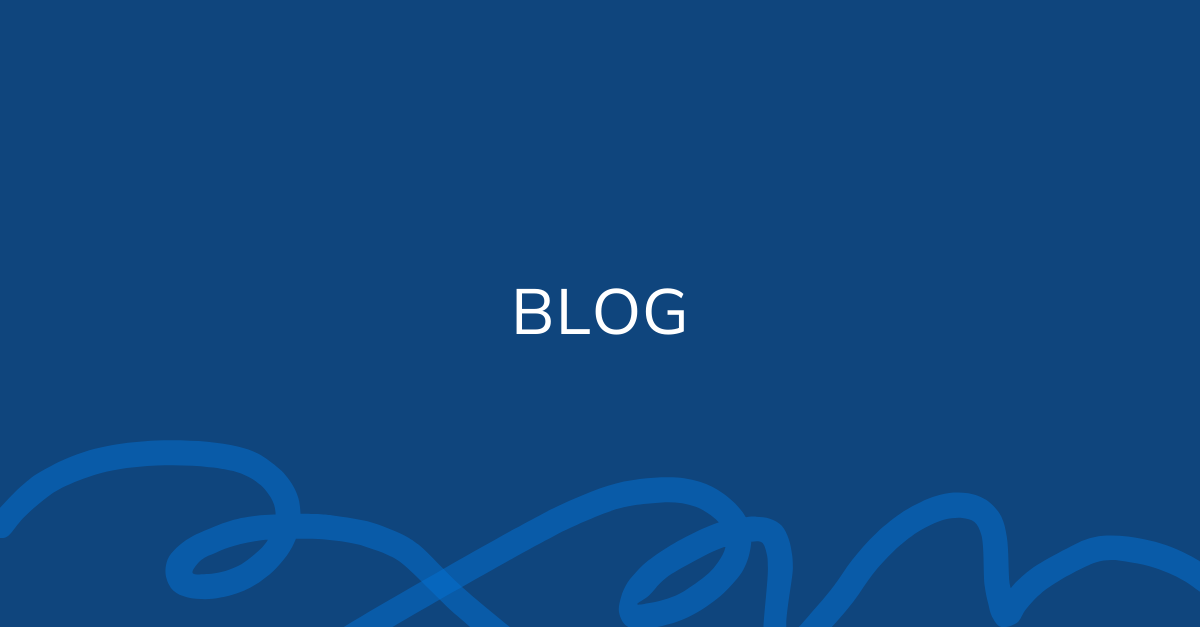
The Centers for Medicare & Medicaid Services (CMS) is ushering in the most significant update to skilled nursing facility (SNF) operations in years. The FY 2026 SNF Prospective Payment System (PPS) Final Rule introduces new expectations for data integrity, staffing accountability, and measurable clinical outcomes.
To thrive under new regulations, SNFs must move beyond inconsistent, manual documentation - and toward objective, digital evidence that proves quality of care.
Understanding how SNF owners and operators prepare for these changes can be the difference between surviving and thriving. The facilities that succeed will be those that adopt tools capable of capturing real-world, clinical-grade data, not just checking boxes, but showing true resident progress and care effectiveness.
Beginning October 1, 2025, SNFs will transition to MDS 3.0 v1.20.1, setting the stage for 2026 QRP submissions. CMS is retiring several functional status items from Section G and revising Section GG to standardize how facilities measure and report mobility.
Key expectations for 2026 include:
This evolution reflects a new reality: measured outcomes now drive reimbursement. Facilities that can prove resident improvement through validated data will lead in both compliance and performance.
The FY 2026 VBP Program expands to include four key measures tied directly to payment incentives:
These metrics move SNFs toward value-based accountability. Operators must detect and address risks early, such as declines in mobility or staffing shortages, to protect incentive revenue.
Facilities with real-time insight into resident function will gain a competitive advantage, demonstrating proactive management rather than reactive intervention.
CMS will phase in national RN and CNA minimum staffing requirements through 2026–2027. While designed to enhance resident safety, these rules present serious workforce and cost challenges.
SNFs that can show objective evidence of safe, effective care despite staffing fluctuations will be best positioned to avoid penalties or corrective actions. Digital monitoring and virtual therapy support will be key tools for maintaining quality and compliance within resource limits.
The SNF Quality Reporting Program (QRP) is becoming increasingly data-driven. CMS now expects standardized, verifiable evidence of patient progress and fewer manual entries across reporting fields.
Inaccurate or incomplete submissions can now directly affect reimbursement rates and public quality ratings. Automation and digital documentation, not paper-based processes, will define audit readiness in 2026 and beyond.
Starting January 2026, new rules for prior authorization transparency and interoperability will require SNFs to provide fast, digital evidence of therapy effectiveness and medical necessity.
This will connect post-acute data directly to HEDIS and Star Ratings, tying fall prevention and mobility outcomes to plan performance. Facilities that can instantly produce data-backed reports will strengthen payer relationships and improve financial predictability.
As regulations shift, OneStep transforms compliance into opportunity by providing objective, real-time data that supports care quality, staffing efficiency, and financial sustainability. We help SNF owners and operators with:
Smartphone-based gait and function monitoring capture gait speed, step variability, and sit-to-stand performance, filling documentation gaps left by MDS changes.
Real-time analytics identify residents trending toward decline, fall risk, or rehospitalization, helping SNFs proactively reduce readmissions and infections.
Digital exercise programs and remote monitoring extend clinical reach, documenting efficient staffing utilization under new CMS rules.
OneStep auto-generates validated reports that plug directly into EMRs and QAPI programs, producing audit-ready data that supports compliance and reimbursement.
Objective, time-stamped mobility data helps SNFs meet CMS and payer expectations for transparent, digital care documentation.
CMS’s 2026 SNF regulations reward facilities that can prove objective improvement, data accuracy, and resident safety. With OneStep, SNF teams can:
As the industry moves from checkboxes to measurable outcomes, OneStep ensures you and your facility walk into 2026 audit-proof, staffing-smart, and incentive-ready.
Check out onestep.co/solutions/senior-living for more information on how we support senior living communities.